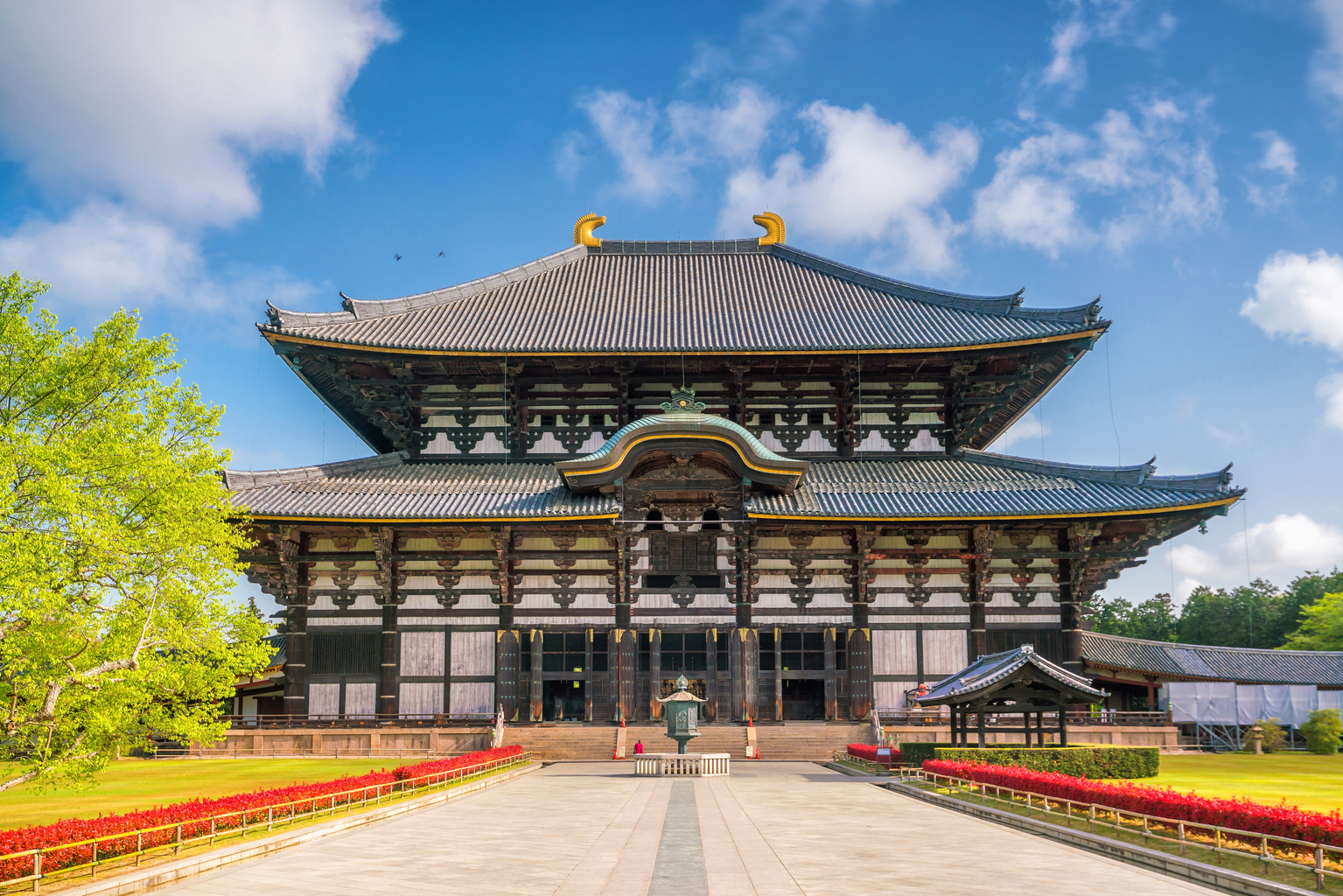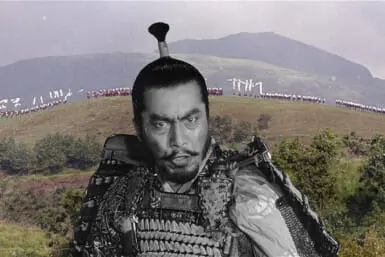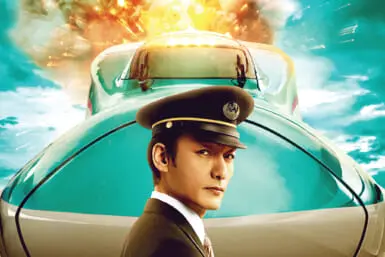It was like a scene from a TV drama, except it lasted more than 10 hours and was very real. On this day 50 years ago, most of the country followed the action live on the news as the standoff between the police and the United Red Army came to a conclusion. The Asama-Sanso lodge incident in Karuizawa was one of the most historic live broadcasts on Japanese TV. Here we look back at that monumental occasion as well as six other live broadcasts that also had viewers glued to their screens.
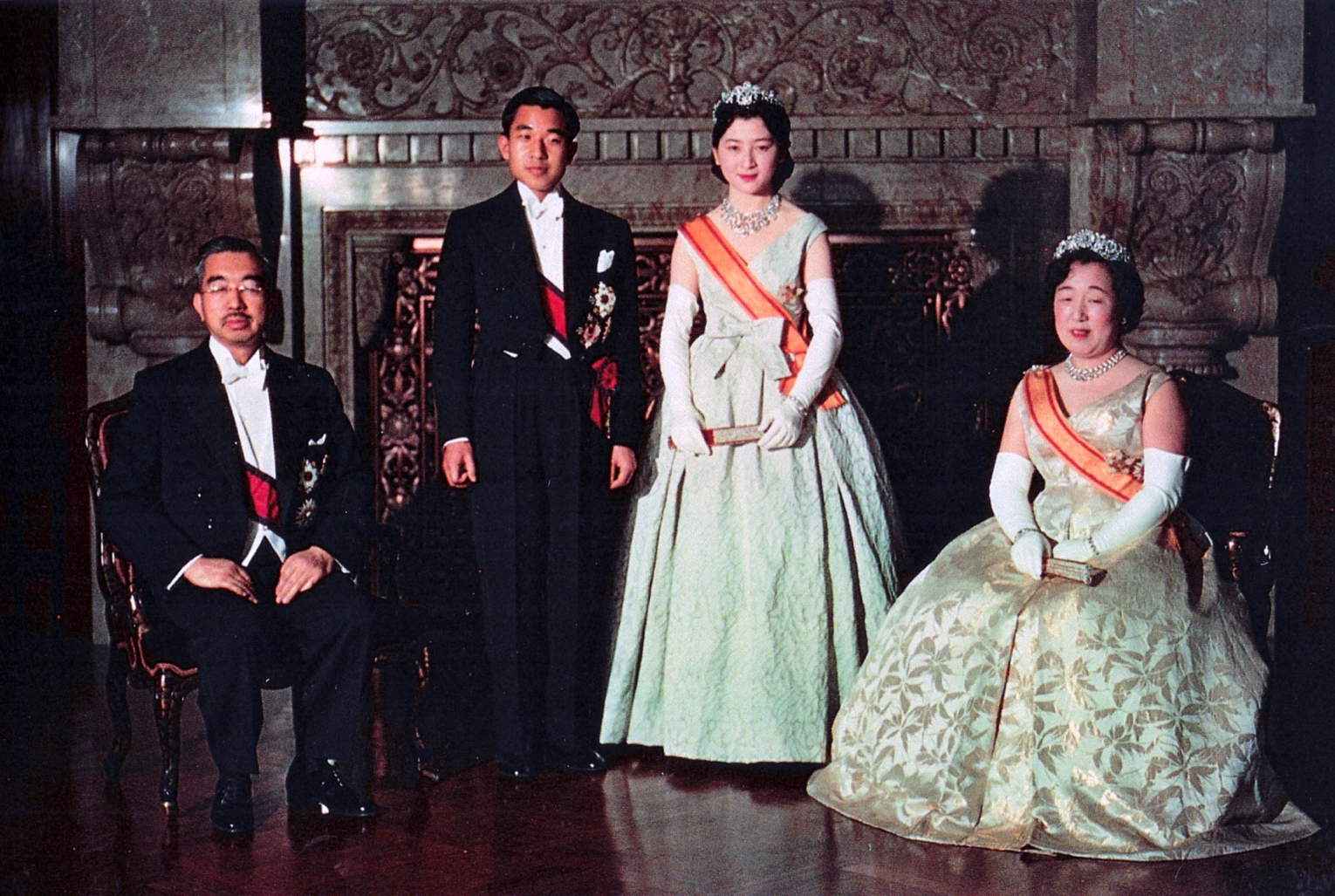
1. A Royal Wedding
The first time the Japanese public could truly share an experience through television was the wedding of Crown Prince Akihito and commoner Michiko Shoda on April 10, 1959. Journalist Yukiya Chikashige, who’s covered the Imperial Family for over 30 years, told CNN that “A ‘Mitchi Boom’ exploded nationwide.” He added that sales of TV sets “shot up” as everyone wanted to see her marry the prince.
While the ceremony itself was a private affair, parts of the wedding were televised. For many viewers, it invoked a closeness with the Imperial Family they’d never experienced before. Around 15 million reportedly tuned in to see the festivities, a record at the time. Another 50,000 lined the route to celebrate their big day. The police set up 100 television sets to ensure the crowds could see what was happening.
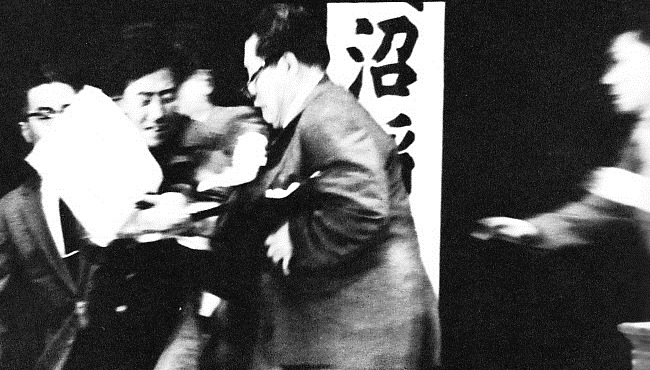
2. A Live Assassination
On October 12, 1960, a televised political debate at Hibiya Hall in Tokyo came to a dramatic conclusion when a Japan Socialist Party (JSP) leader was stabbed to death. 17-year-old Otoya Yamaguchi stormed the stage to attack Inejiro Asanuma with a samurai sword. The politician was pronounced dead shortly after arriving at the hospital. The school uniform-wearing Yamaguchi, meanwhile, smiled as the police took him away.
A towering figure known as the “human locomotive,” Asanuma was often criticized for his pro-China stance. At Hibiya Hall, he was heckled by members of the ultranationalist right-wing group, Uyoku dantai, before Yamaguchi decided to take things further. The student committed suicide in his cell three weeks after the incident. Yasushi Nagao received a World Press Photo of the Year award and a Pulitzer Prize for his picture of the stabbing.
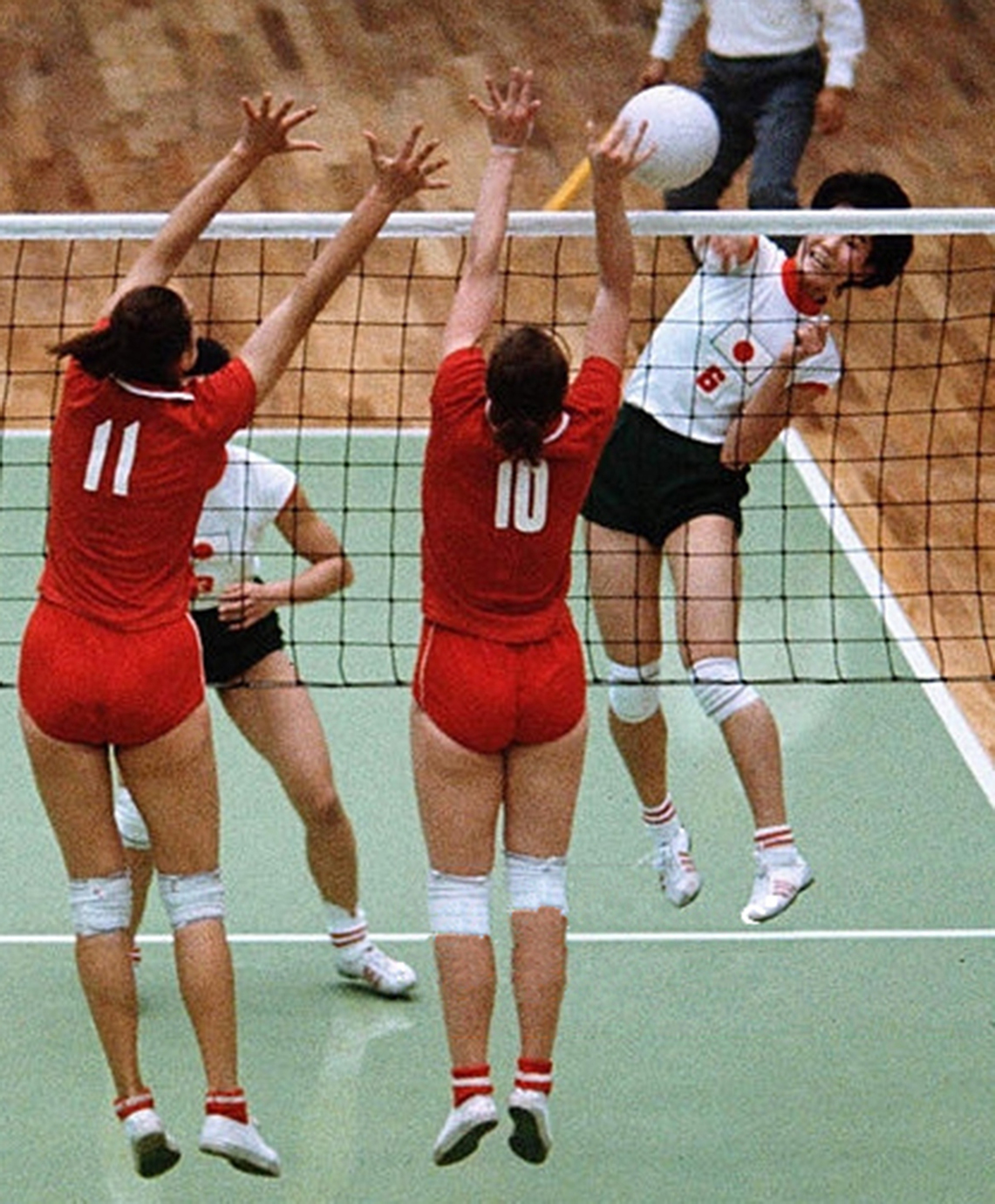
3. The Oriental Witches
The first Olympics to be held in Asia, the 1964 Tokyo Games was seen as a turning point for Japan. It helped transform and rebrand a nation previously viewed as a militarist pariah. For locals it was a chance to unite and get behind their country. This collective spirit was most keenly observed in the final match of the women’s volleyball tournament as the hosts, nicknamed the “Oriental Witches,” took on the Soviet Union.
On the last day of the Olympics Japan, coached by former platoon commander Hirofumi Daimatsu, defeated their bigger and stronger opponents 3-0. The TV audience figure was 95 percent, a record that remains to this day. “The people were riveted,” author Robert Whiting told TW. “Everything stopped for that final point. Those ladies practiced 10-11 hours daily. Their victory restored national prestige and showed that fighting spirit could overcome superior strength, weight and height.”
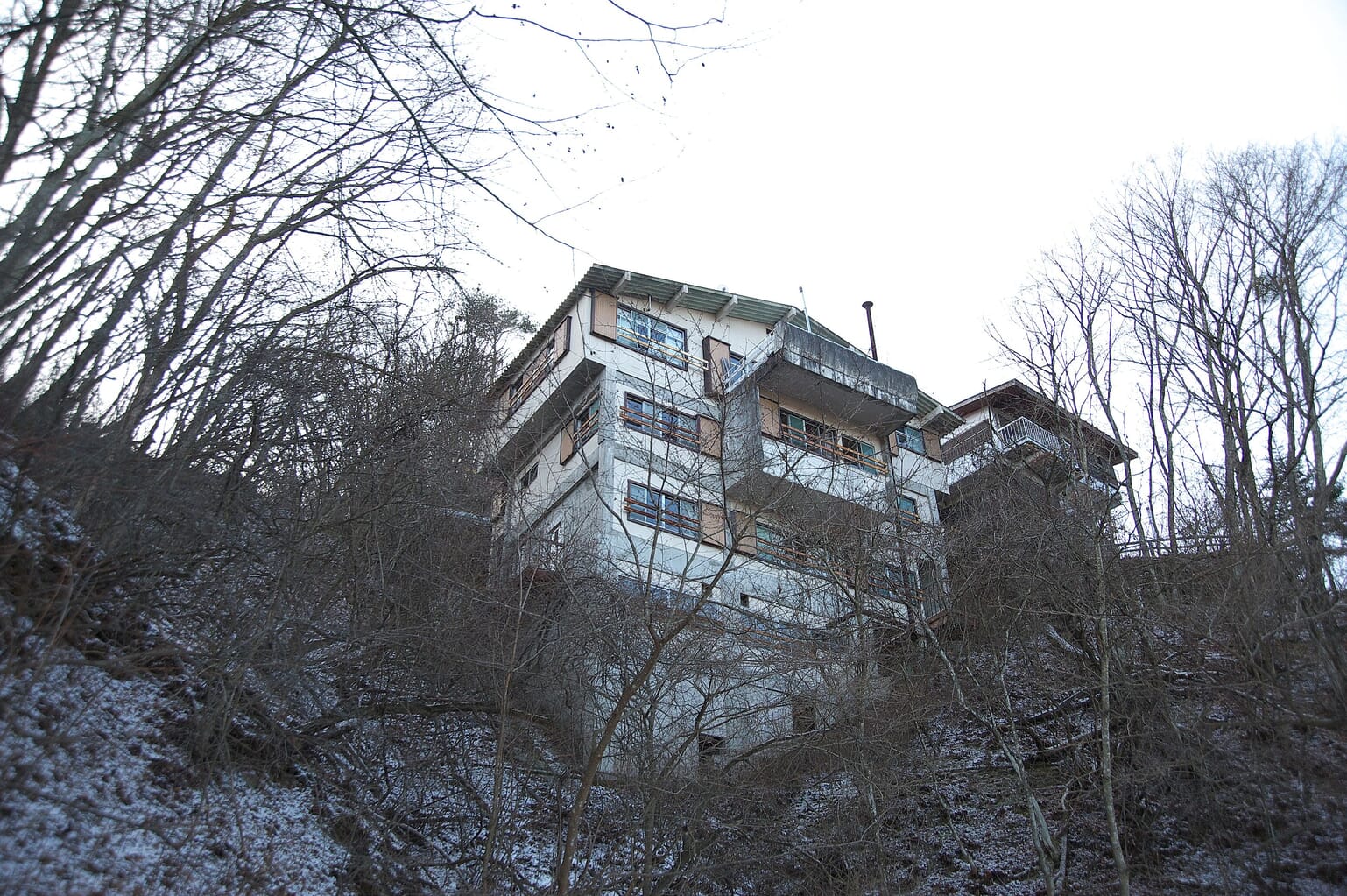
4. The Asama-Sanso Lodge Incident
February 28, 1972 marked the 10th day of the standoff between the police and the United Red Army (URA). Five fugitives had barricaded themselves in the Asama-Sanso lodge in Karuizawa where they’d taken the lodgekeeper’s wife, Yasuko Muta, hostage. Negotiations, including pleas from parents through loudspeakers, hadn’t worked. At 9am, the fugitives were given a final ultimatum. Still no movement. It was time for the police to go in.
At 10am, a wrecking ball started hammering the lodge’s walls. NHK began its live broadcast 20 minutes earlier. It ran continuously for more than 10 hours until 8:20pm. Viewing figures peaked at 89.7 percent just before 6:30pm. Muta survived the ordeal, but two officers and one civilian were killed in the attack. It later came to light that the URA has purged members of its own group, murdering 14 members.
5. The Great Music Experience
Between May 20 – 22, 1994, the ambitiously titled The Great Music Experience took place at the eighth-century Buddhist temple Todaiji in Nara, famed for housing the largest Buddha statue in the world. The guest list brought together a mix of Japanese and western artists. Local favorites included X Japan, Tomoyasu Hotei, Koji Tamaki and Shoukichi Kina. From overseas you had the likes of INXS, Joni Mitchell, Jon Bon Jovi, Roger Taylor and The Chieftains.
The man who stole the show, though, was Bob Dylan who played with an orchestra for the first time. The legendary songwriter said afterwards, he hadn’t sung so well for 15 years. The last day of the event was broadcast live in 50 countries. Well, most of it was. Due to a breakdown of equipment, a tape recording of the second night was sometimes interwoven with the live show.

6. 3.11
On the afternoon of March 11, 2011, NHK was broadcasting a budget debate at the National Diet Building when all of a sudden, the “earthquake early warning” system flashed up on the screen. The ground then starting shaking violently at 2:46pm. Approximately 12 seconds later, coverage switched to the news studio. At 2:48pm, Nippon TV cut short its program about Tokyo Governor Shintaro Ishihara to show the news.
Soon enough, all the main channels stopped their scheduled programs to report on the magnitude 9.0-9.1 earthquake. The situation was about to get much worse. Within half an hour of the tremors, a powerful tsunami started battering towns. The live footage of people desperately escaping, cars and boats being swept away and black waves swallowing up houses and farmland made for an extremely uncomfortable watch. It’s a day many will never forget.
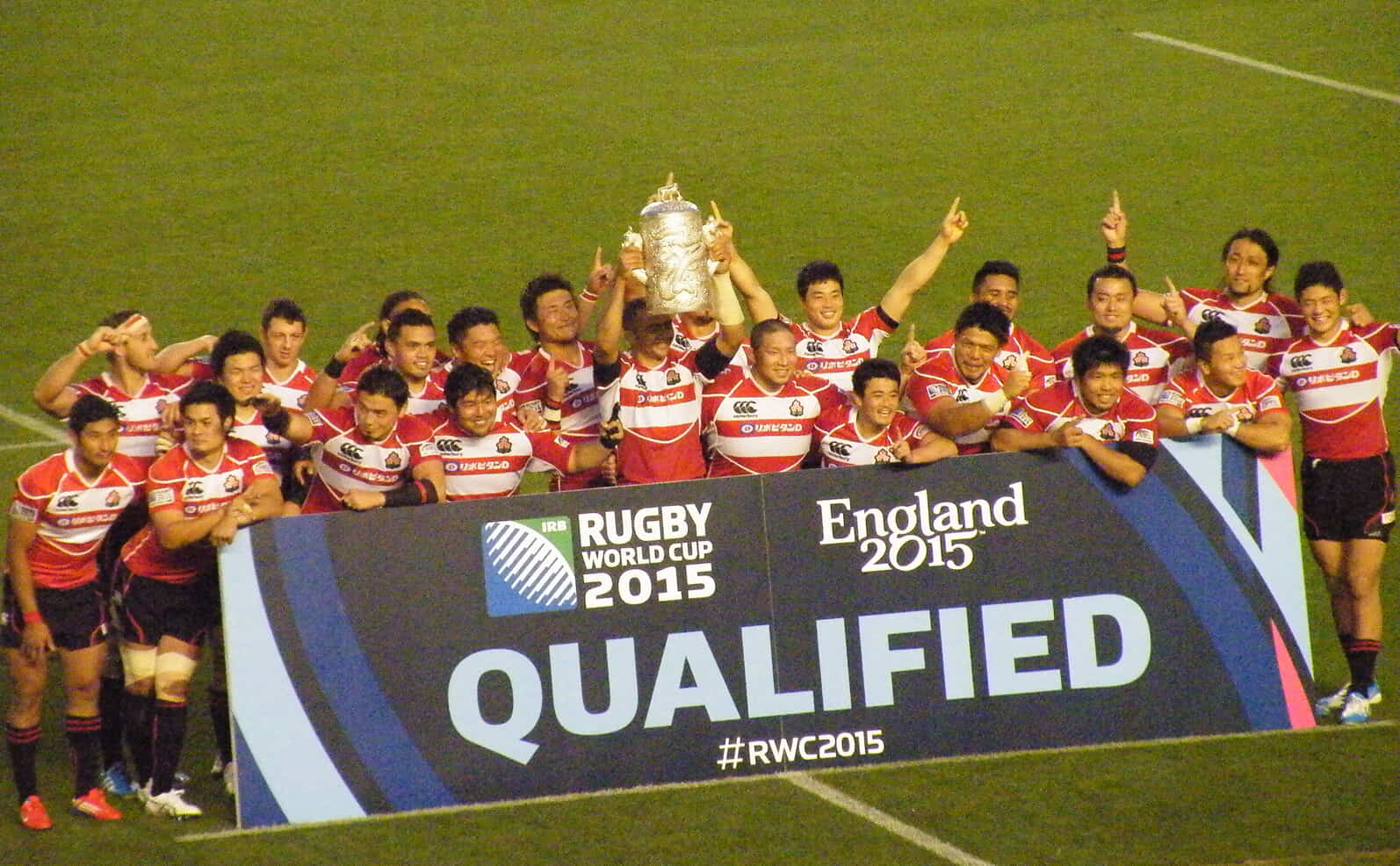
Japan national rugby union team in 2014 Asian Five Nations (National Olympic Stadium, Japan) | Source: Wikipedia
7. The Miracle of Brighton
Even the most optimistic Japanese rugby fan couldn’t have expected much from their opening World Cup game against South Africa in 2015. It was a match between the then two-time World Champions and a side that hadn’t won a game at the tournament for 24 years. Remarkably, though, the Brave Blossoms were level with eight minutes remaining. Handre Pollard’s penalty then gave the Springboks a narrow lead. Upset avoided? Not quite.
With the 80 minutes up, Japan twice had the opportunity to go for a penalty to earn an impressive draw. Twice they refused. Each time, Michael Leitch opted for a scrum instead. South Africa were defending for their lives. Japan, however, just kept coming. Eventually, their persistence paid off as Karne Hesketh went over. One of the biggest shocks in sporting history was complete. As the Guinness ad said, they “could’ve settled…. instead went for history.”
Feature image by Anna Petek


